The Museum for Islamic Art: Uncovering Treasures in the Heart of Jerusalem, Israel
Jerusalem, Israel ✈

During my recent visit to Jerusalem, Israel, I decided to explore The Museum for Islamic Art, a place that offers a deep dive into the rich history and culture of the Islamic world. Located in the Katamon neighborhood, on HaPalmach Street, the museum is slightly off the main tourist path but still easily accessible. The area itself is a mix of residential buildings and schools, providing a quieter atmosphere compared to the busy city center.
The Museum for Islamic Art was established in 1974 by Vera Bryce Salomons in memory of her professor, Leo Aryeh Mayer, a renowned scholar in Islamic art and culture. The museum’s purpose is to bridge cultural gaps and showcase the artistic achievements of the Islamic world. It focuses on the diverse and intricate art forms that span centuries, from the 7th century to the 19th century.
Book a Tour: Top Israel Tours
“Vera Bryce Salomons, the founder of The Museum for Islamic Art, was a British-Jewish philanthropist and art patron. Her life and work were deeply influenced by her passion for art, culture, and her desire to promote understanding between different peoples.”
The museum's building itself is a work of art. Designed by the renowned Israeli architect Alexander Friedman, the structure is modern but blends harmoniously with its surroundings. The design is intended to be functional and understated, allowing the focus to remain on the exhibits inside. The layout of the museum is logical and easy to navigate, with clear signage and a well-organized flow from one exhibit to the next.

The Founder
Vera Bryce Salomons, the founder of The Museum for Islamic Art, was a British-Jewish philanthropist and art patron. Her life and work were deeply influenced by her passion for art, culture, and her desire to promote understanding between different peoples.
Vera was born in London in 1888 into a prominent and affluent family. The Salomons family was well-known in British society, with a long history of philanthropy and public service. Her father, Sir David Lionel Salomons, was a scientist and an early pioneer in the development of the automobile. Her grandfather, Sir David Salomons, was the first Jewish Lord Mayor of London and one of the first Jewish members of the British Parliament.
Vera grew up in an environment that valued education, culture, and public service, which undoubtedly influenced her later endeavors. She was well-educated and developed a deep appreciation for art and history from a young age.
Vera’s interest in Islamic art was largely shaped by her relationship with Professor Leo Aryeh Mayer, a renowned scholar of Islamic art and the rector of the Hebrew University of Jerusalem. Mayer’s deep knowledge and passion for Islamic culture inspired Vera, and she became determined to create a space that would celebrate and preserve the artistic achievements of the Islamic world.
Her dedication to this cause was also influenced by her broader interest in promoting understanding and dialogue between different cultures, especially in the context of the Middle East, a region with a complex and often contentious history.
In 1974, Vera Bryce Salomons fulfilled her vision by establishing The Museum for Islamic Art in Jerusalem. The museum was dedicated to the memory of her mentor, Professor Leo Aryeh Mayer. Her goal was to create a space where people could appreciate the beauty and diversity of Islamic art, and in doing so, foster greater understanding between Jews and Muslims.
The museum’s collection began with items that Vera herself acquired, along with pieces donated by other collectors. Over time, it grew to include a wide range of artifacts, including ceramics, textiles, metalwork, manuscripts, and jewelry from various Islamic cultures.

Vera Bryce Salomons' legacy lives on through The Museum for Islamic Art, which remains a testament to her vision and commitment to cultural preservation and understanding. The museum continues to be a significant cultural institution in Jerusalem, attracting visitors from around the world who are interested in the art and history of the Islamic world.
Her work has also had a lasting impact on the field of Islamic art studies, and her contributions are remembered as a unique and vital effort to bridge cultural divides through the universal language of art. Vera passed away in 1969, a few years before the museum opened its doors, but her influence and dedication to cultural enrichment continue to be felt to this day.
The Exhibits
The museum is spread over several floors, each dedicated to different aspects of Islamic art. The permanent collection includes ceramics, textiles, metalwork, and manuscripts from various Islamic dynasties. One of the most impressive sections is the gallery of Qur'anic manuscripts, where you can see beautifully crafted texts with intricate calligraphy and illuminations.
I spent a considerable amount of time in the jewelry section, which features pieces from across the Islamic world, including North Africa, the Middle East, and Central Asia. The designs are a testament to the craftsmanship and cultural exchanges that took place over the centuries.
The Watch and Clock Collection
Perhaps the most surprising and unique part of the museum is the Sir David Salomons Collection of watches and clocks. This collection is one of the most important of its kind, with over 100 pieces on display. The highlight is undoubtedly the collection of watches made by the famous watchmaker Abraham-Louis Breguet, including the legendary Marie Antoinette watch, which has a fascinating backstory involving theft and recovery. The clocks and watches are displayed in a dimly lit room, which enhances the intricate details of each piece. The collection not only showcases the technical ingenuity of the time but also provides a glimpse into the luxury and prestige associated with these objects.

Temporary Exhibitions
In addition to its permanent collection, the museum frequently hosts temporary exhibitions that explore various themes related to Islamic art and culture, as well as contemporary issues. These exhibitions often feature works by modern artists who are inspired by Islamic traditions, offering a unique perspective on how these ancient art forms continue to influence today's artistic landscape. If you're lucky, you might catch one of these rotating exhibitions during your visit.
The Heist
The Museum for Islamic Art in Jerusalem was the site of one of the most infamous art heists in Israeli history. In 1983, the museum's Sir David Salomons Collection of watches and clocks, including several priceless pieces made by the renowned watchmaker Abraham-Louis Breguet, was targeted in a meticulously planned theft.
The theft took place on April 15, 1983, when burglars broke into the museum and stole 106 items from the collection. Among the stolen items was the legendary Marie Antoinette watch, an intricate timepiece that had been commissioned for the French queen but wasn't completed until years after her death. This watch is considered one of the most complicated and valuable watches ever made.
The thieves also took other significant pieces, including rare clocks and watches that were not only valuable but also historically significant. The total value of the stolen items was estimated to be in the millions of dollars.

The Investigation and Recovery
For years, the heist remained unsolved, with no leads or arrests. The stolen items seemed to have vanished without a trace, leaving both the museum and the art world in shock.
In a surprising turn of events, nearly a quarter of a century later, many of the stolen items were recovered. In 2006, it was revealed that the thief was Na'aman Diller, a notorious Israeli criminal who had meticulously planned and executed the heist. Diller had kept the stolen items hidden for years and even sold some of them off.
After Diller's death in 2004, his widow, unaware of the true value and significance of the items, tried to sell them. This led to the recovery of 96 out of the 106 stolen pieces, including the Marie Antoinette watch. The recovery of these items was a major success, and they were eventually returned to the museum, where they are now on display once again.
The theft had a profound impact on the museum and the art world. It highlighted the vulnerabilities of museums and the lengths to which criminals will go to obtain valuable art. The museum has since enhanced its security measures to prevent such an incident from occurring again.
Today, visitors to The Museum for Islamic Art can see the recovered items in the Sir David Salomons Collection, along with detailed information about the heist and the fascinating history behind these extraordinary timepieces. The story of the theft adds an intriguing layer to the experience of viewing these works of art, making them even more compelling to behold.
Visitor Information
For those planning a visit, the museum is open throughout the week, except on Saturdays. It’s advisable to check the official website for the most up-to-date opening hours. There’s a small entrance fee, which is well worth the experience, considering the breadth and quality of the exhibits.
The museum is not overly large, so you can comfortably see everything in a few hours. It’s also air-conditioned, making it a good option for a hot day in Jerusalem. The museum offers guided tours in several languages, which I recommend if you want to gain deeper insights into the collections. For those interested in Islamic art or horology, this museum is a must-visit.
Educational Programs and Workshops
The museum is also dedicated to education and offers a variety of programs for both children and adults. These include workshops on Islamic calligraphy, ceramics, and textile arts, as well as lectures and seminars on topics related to Islamic history and culture. It's a great opportunity to engage with the art in a hands-on way and to learn from experts in the field.
Museum Shop and Café
The museum has a small but well-curated shop where you can purchase books on Islamic art, replicas of some of the pieces in the collection, and other souvenirs. There’s also a café on-site that serves light refreshments, making it a good spot to take a break during your visit.
Accessibility
The museum is fully accessible to visitors with disabilities. There are ramps and elevators throughout the building, and the staff is accommodating and helpful if you need any assistance.
Nearby Attractions
If you have more time to explore the area, the museum is not far from the Jerusalem Theater and the President's Residence, both of which are worth a visit. The neighborhood itself is peaceful and offers a different vibe from the more tourist-heavy parts of Jerusalem.
Vera Bryce Salomons' dedication to art and cultural understanding has left a profound legacy in the form of The Museum for Islamic Art in Jerusalem. Her vision of fostering dialogue through the appreciation of Islamic art has made the museum a unique and invaluable institution. By preserving and showcasing the rich artistic traditions of the Islamic world, she created a lasting bridge between cultures, one that continues to educate and inspire visitors from around the globe. Vera's life work stands as a powerful reminder of the enduring impact one individual can have in promoting peace and mutual respect through the celebration of shared human heritage.
Book a Tour: Top Israel Tours


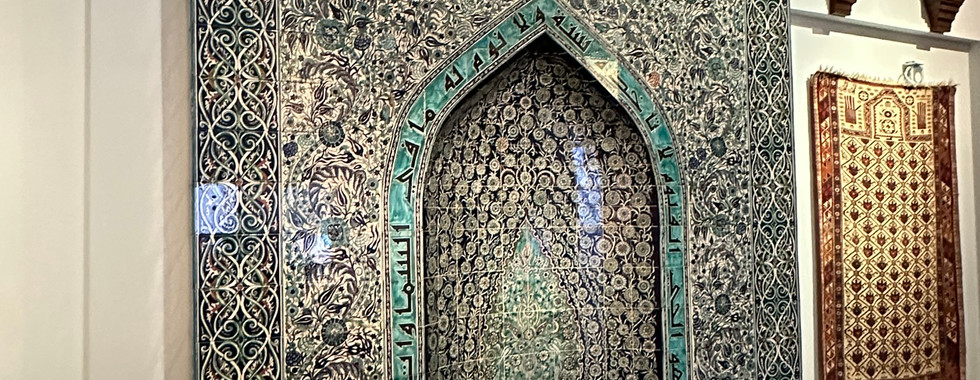
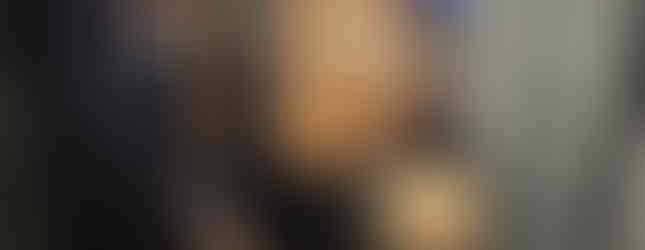


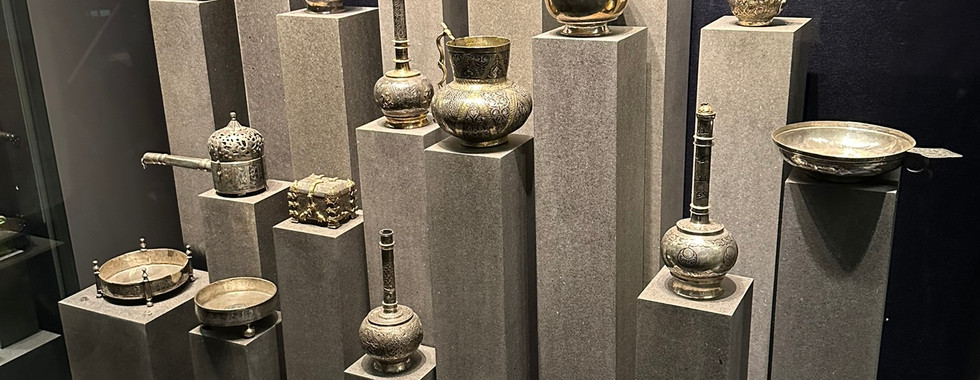

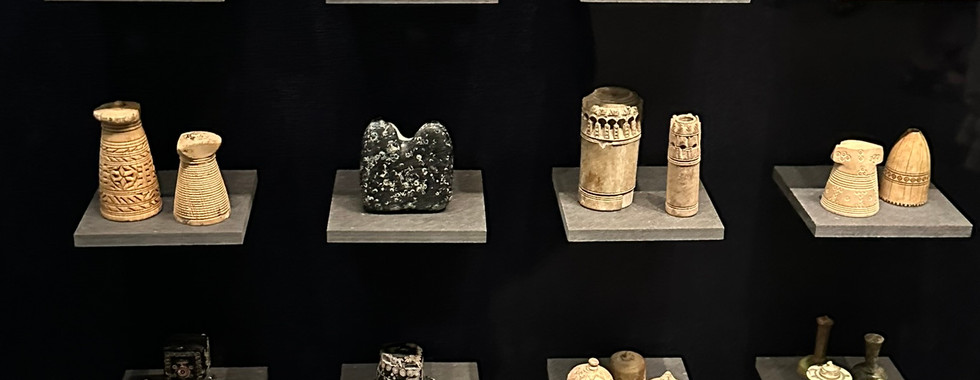
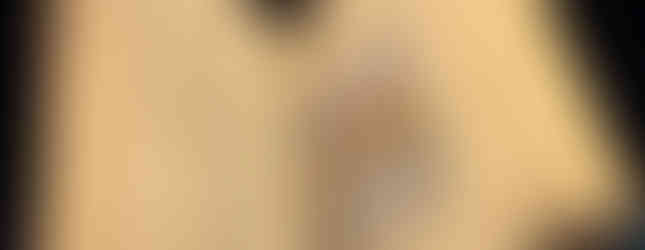



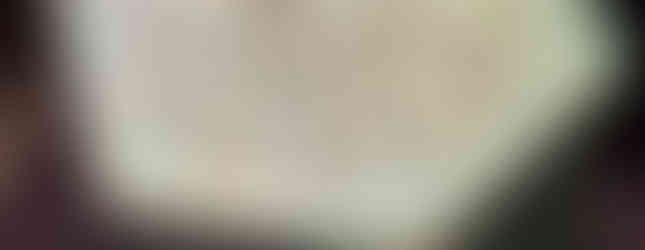

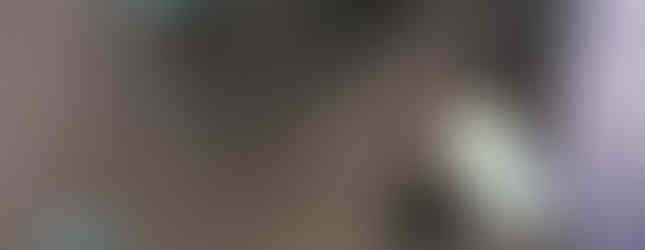




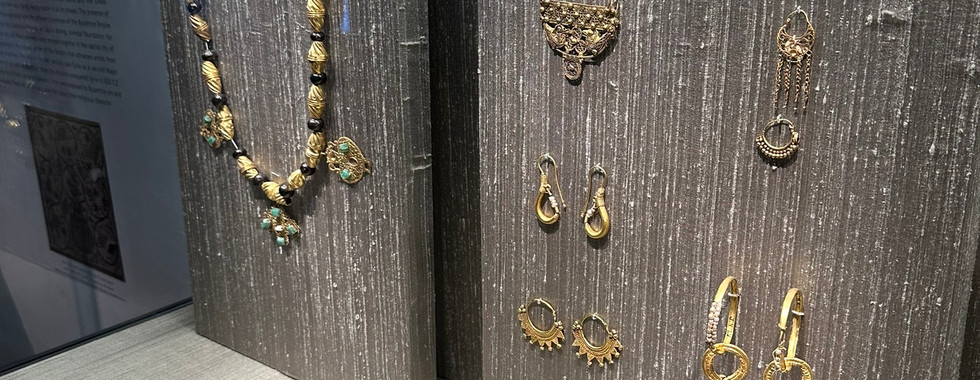


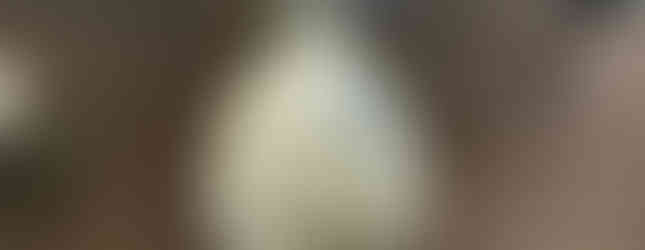






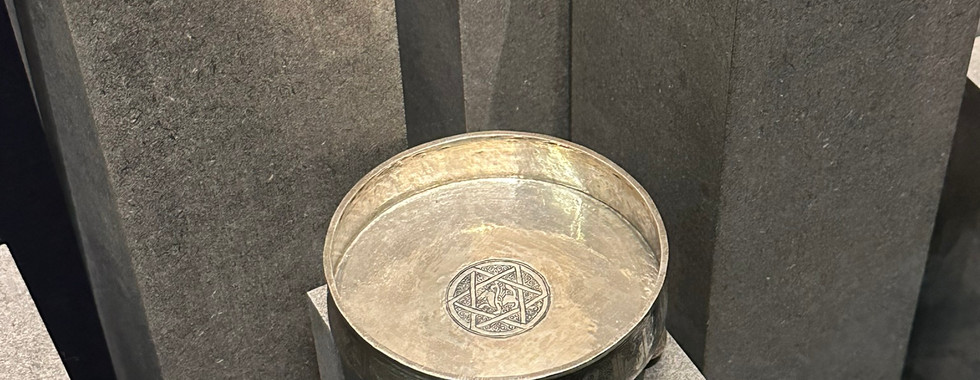





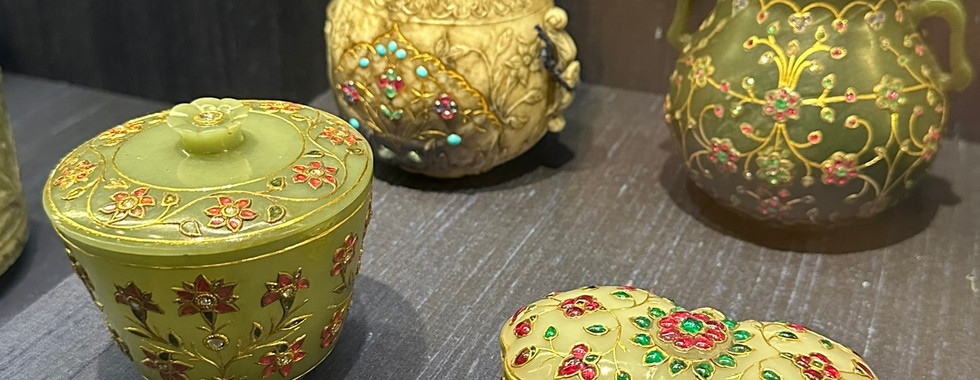







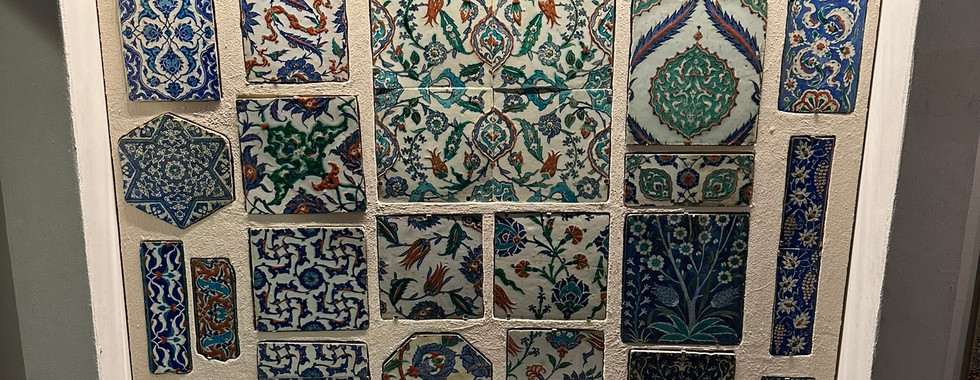
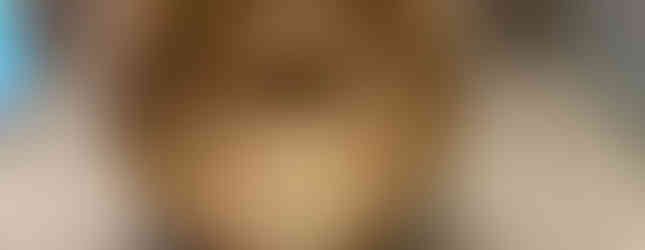


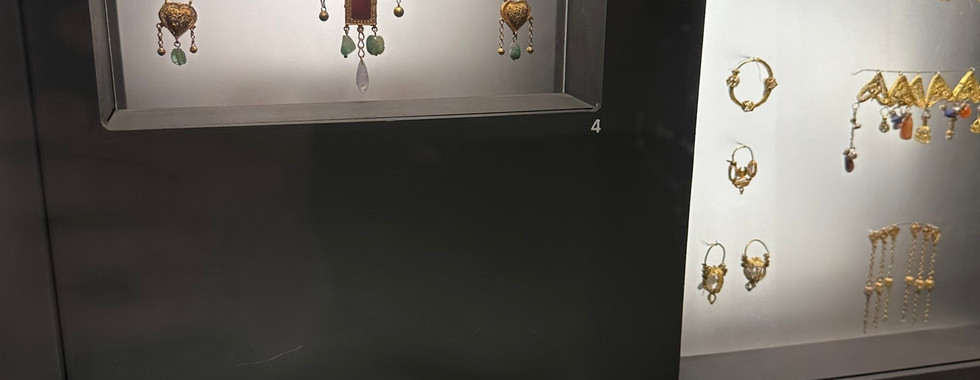
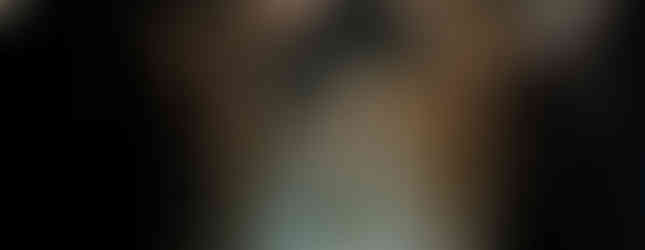


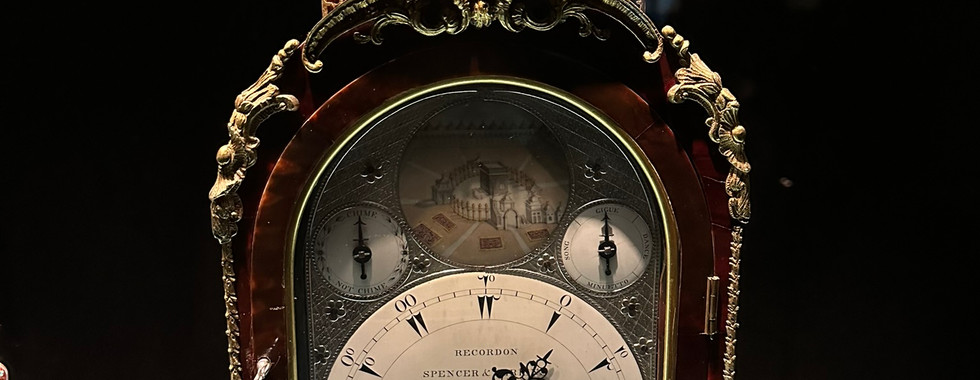
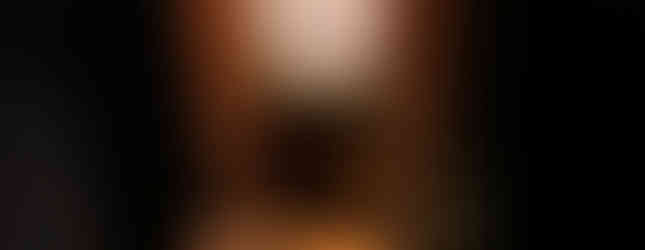

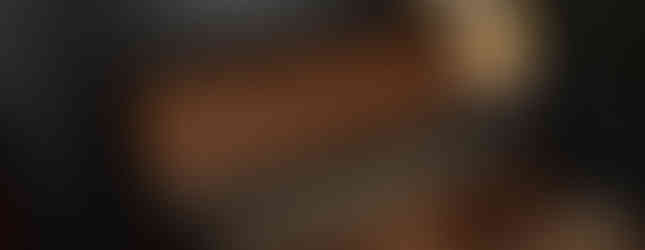







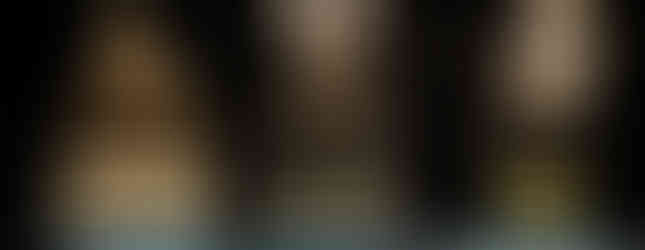


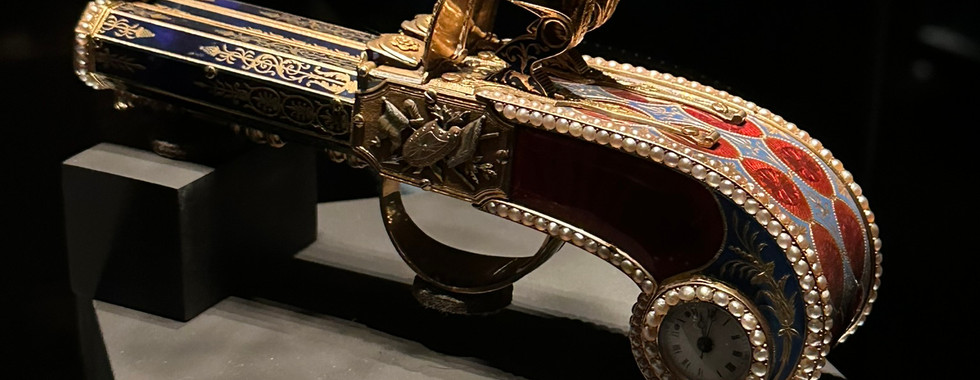


















Comments